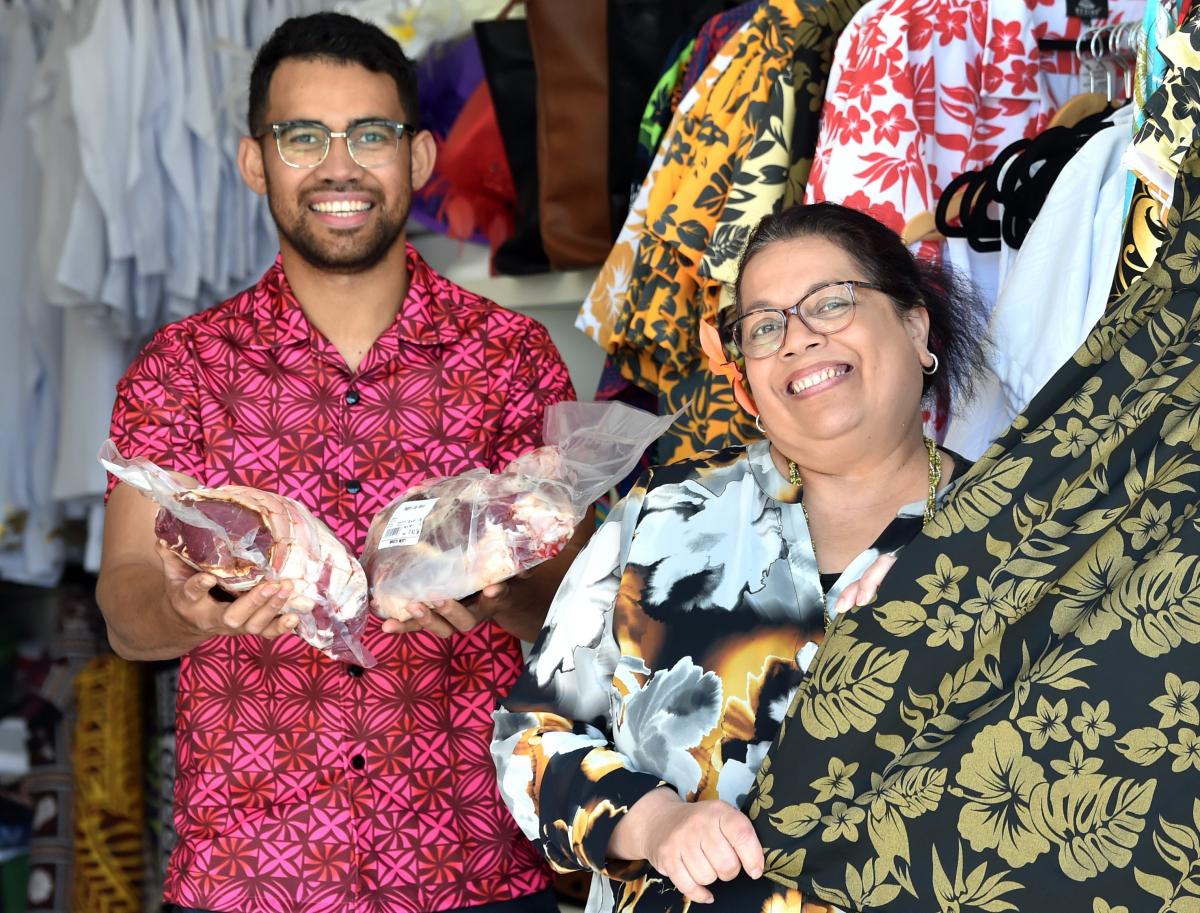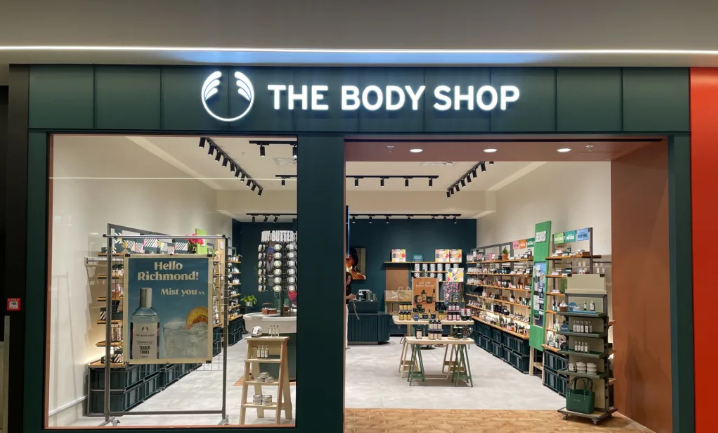When Scott Callaway took to the ski slopes in the 1970s, perfecting his next powdery turn was uppermost in his mind.
That’s not to say the then-Christchurch youngster was short on ambition.
For skiing would take him around the world over 26 consecutive winters.
Later, it would lead him to senior roles in the Mount Cook Group, Coronet Peak and The Remarkables ski areas, Air New Zealand, AJ Hackett Bungy and more latterly Christchurch Airport.
As an 18-year-old, that was all before him and passing his ski instructor’s licence was the priority.
“I knew how to ski and I wanted to go to Europe and be a ski instructor. I had been a ski racer as a kid and been in a few ski teams within the country, but by 16 or 17 I realised I’m not that great at it. I’m good, but I’m not going to be at the next Winter Olympics and I like skiing and I want a lifestyle in it.”
In 1973, he qualified in Queenstown — a year before Mt Hutt opened and the year in which the official body for ski instructors, the New Zealand Snowsports Instructors Alliance (NZSIA), began.
A teaching stint at Mt Olympus near Windwhistle progressed to Mt Hutt and three years later he became deeply involved as an examiner and then part of the body’s development.
He rose to become its executive director, culminating in 1985 in convincing all the ski instructor organisations globally to bring their annual meetings to Queenstown.
Today, the 70-year-old sees he was fortunate to be part of an important growth phase in the ski industry.
“I spoke at the 50-year anniversary of NZ ski instructors [NZSIA] and my point was I’m here because I was around at the beginning. But when I was 18 years old I didn’t even know I was at the beginning — I was just there. And I went to Mt Hutt at the 50 years of that and I was the only employee of the first year they could actually find. I was just skiing and this was the cool ski area to be at, not giving it a thought 50 years later Mt Hutt would be where it is today.”
In the off season he worked overseas, swapping the slopes initially for Switzerland and passing the British Association of Ski Instructors’ qualification in Scotland.
In later years he ran a ski team at Lake Tahoe in California called Incline Village Racing for high school students in an academy.
The first Kiwi coach of the New Zealand men’s ski team then did some stints with other national teams.
Being a ski instructor taught him how to communicate and get on with people and gave him the basics of the travel industry, but he thirsted for more.
“I took the considered choice to leave the ski instruction and coaching business because I was 29 going on 30 and I knew I needed to move and needed an office job. The International Ski Instructors Association meeting of Austria, Switzerland and everybody else in the world was here in 1985 in Queenstown and I used that as a stepping stone into the Mount Cook Group.”
For the next six years he worked for the wholly Air NZ-owned group based in Christchurch on marketing the growth of Queenstown.
His responsibilities were to expand sales and marketing revenue for Coronet Peak and newly opened The Remarkables and promote the alpine town as a ski destination.
This was the 1980s before it became the power player in the tourism industry. Christchurch was the tourism centre of, arguably, New Zealand and, certainly, the South Island.
“Mt Hutt was where Australians went and they didn’t come to Queenstown. And so I worked very hard to change perceptions about Queenstown and skiing in New Zealand and change Queenstown to a four-season resort.”
His time with Air NZ was equally innovative.
Rather than plonking visitors on bus coaches, he worked to bring in visitors based on their interests — whether it was sailing after New Zealand had just won the America’s Cup, golf or just enjoying the wine, food and culture.
This was a foreign concept in the late 1990s and he travelled to North America to connect with special-interest groups and find aligned travel agents.
Developing southern tourism continued at Hanmer Springs, where he was employed to attract more domestic visitors to the thermal pools.
For the past 12 years, he has worked as head of tourism and trade development at Christchurch Airport.
At first, Christchurch was a broken city after the earthquakes and a positive plan was drawn up to return a functioning airport to business and rebuild international connections.
The business pillars of the airport were aeronautical (planes arriving and leaving with passengers); park-to-plane (car parking, duty free and food services); property; and the planet (alternative fuels, a solar farm and carbon footprint reduction), he said.
His role was tied purely to pillar 1 and he led a team finding planes and filling them with freight and people.
This was more complex than it sounded as the two-way traffic required partnering with many travel, tourism and promotional organisations domestically and offshore, each more concerned about its own inbound passengers.
“Our job is one of influence and one of marketing, but never as Christchurch Airport. You don’t go to the world as an airport creating attraction. We are always working with partners here because our voice just isn’t big enough, but we can as a city or a country or a destination at the other end.”
Mr Callaway said he felt fortunate to have been part of rebuilding the city’s airline connectivity twice — once after the earthquakes and again after Covid-19.
This summer the airport was preparing for more planeloads than before.
Most overseas visitors, not all, had a vision of seeing the South Island’s mountains, rivers and lakes, 68% of US passengers heading south even though only 18% arrived directly.
The South Island deserved a larger share than the 15%-16% of long-haul passengers it received and its rightful position should be about 20%, he said.
Queenstown’s success and more recently the coming of age of Christchurch were helping to correct this, he said.
More hotels could perhaps be added, but the Sheraton was being developed, a new conference centre was bringing in visitors and soon a new sports stadium and sports centre would add to the new-look city.
“The city’s redesign is truly meeting international visitors’ expectations.”
Challenges continued as many “hot” travel destinations were more affordable, Chinese and Indian travellers often viewing New Zealand as another Switzerland or Scandinavia.
On saying that, arrivals from China would contribute to much of the 26% growth in inbound capacity landing at the airport this summer. North Americans were the big spenders and a constant stream could be relied on to come from Australia.
Mr Callaway said the airport was blessed with having world-leading airlines including Emirates, Qantas, Singapore and Cathay.
They came from strong hubs such as Hong Kong, Dubai, Singapore, Sydney, Melbourne and Brisbane.
“We work hard to get the key markets which want to come to New Zealand to be one stop away from Christchurch. So if you live in Chicago, you fly to San Francisco and fly to Christchurch one stop away.”
Up to 75% of Qantas flight arrivals came from other countries in the peak to land in Australia and then Christchurch.
This summer, three return flights a day would be on offer between Sydney and Christchurch.
India was next on the list, but it would not happen overnight and needed long-term thinking.
“We worked for four years to get China Southern [Airlines] here. We got them in three, but thought it would take four so it takes a long time. My analogy about the terminal being the same [$250million] value as one of their planes puts it into context. They do [need to get a return] and they don’t do it lightly. So we need to be working where we think or know growth will be.”
Another goal is to win the Korean route back after a brief service ended in 2020.
After 50 years of championing South Island tourism, the ageless airport executive was awarded the outstanding industry leader award at the recent New Zealand Tourism Awards in Wellington.
Praise was heaped on him for bringing communities, operators and international partners together.
Duly noted was his leadership in initiatives such as Kia Ora South and South to promote the South Island and increase international arrivals.
Approaching 71, he could see there would be an end to working and, while his skiing days were pretty much over, as an avid golfer he would be able to devote more time to it on his favourite course.
Covid-19 was a bit of an epiphany for him. In the first lockdown holed up at Hanmer Springs, he found by week 5 the taste of retirement was not as sweet as first thought.
So, he would carry on, taking pride knowing he was making a difference.
“Look, it’s been a blessed life because it’s all been in the visitor industry and doing something I’ve loved … I’ve just tried to bring energy and being in the moment, but more than anything else I love what I’m doing.”












